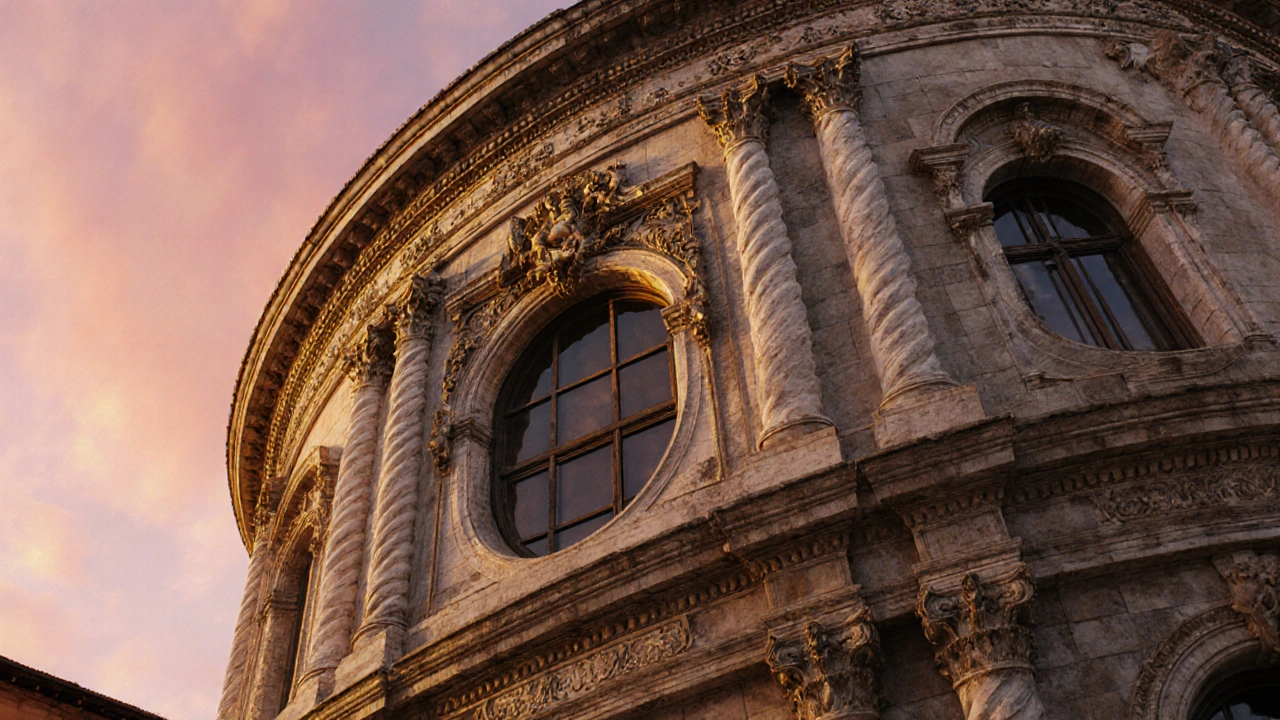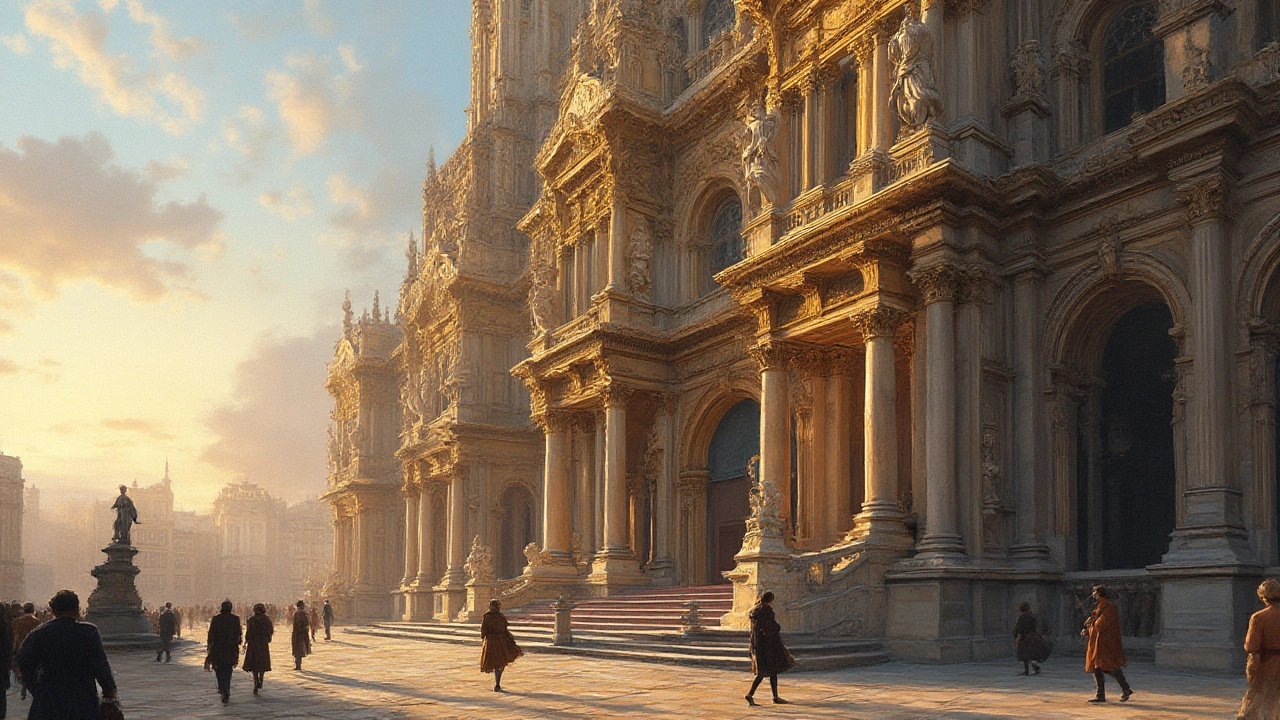Explore Baroque architecture's drama, history, key features, and famous examples worldwide. Learn how to spot the style and understand its lasting influence.
Baroque Art: Drama, Light, and Why It Still Stops You in Your Tracks
Baroque art was made to shock and move you. Originating in 1600s Italy, it spread across Europe and into the colonies. Think sweeping motion, deep shadows, wild ornament, and scenes that look like they’re about to leap off the wall. It wasn’t polite decoration—Baroque aimed to grab attention and guide the viewer’s emotion.
Key players you’ll hear about: Caravaggio for raw, shadow-heavy painting; Bernini for sculptures and dramatic church spaces; Rubens for color and energy. Painters and architects worked together: ceilings became theaters, altars became stages, and public squares turned into spectacles.
How to spot Baroque in buildings and art
Look for movement. Curving facades, twisted columns, and oval rooms are classic Baroque moves. Interiors will often push your eye along diagonal lines toward a focal point—a painting, a statue, or a lit altar. Light is part of the trick: watch for bright highlights set against very dark areas (that tenebrism Caravaggio loved). Fresco ceilings often open into painted skies where figures seem to float above you.
Materials shout luxury: marble, gold leaf, and layered plaster. Sculpture breaks free from pedestals and interacts with architecture—Bernini’s works often blur the line between statue and stage prop. In churches, expect brisk theatricality: dramatic staircases, ornate pulpits, and altarpieces built like mini-theaters.
In colonial regions, Baroque mixed with local craft and symbols. In Latin America you’ll find exuberant façades carved with indigenous motifs. That mix makes colonial Baroque one of the most visually exciting varieties, and it connects to our site's posts on colonial architecture and how local culture reshapes imported styles.
Where to see Baroque today and how it still matters
Start in Rome—Church of the Gesù and St. Peter’s Square show different sides of Baroque power. Florence and Naples hide intense paintings and chapels. Travel farther and you’ll find grand Baroque palaces in central Europe and flamboyant colonial churches across Latin America.
Baroque’s influence didn’t die. Beaux-Arts and later revival styles borrowed its drama and ornament—so if you love grand civic buildings, check our posts on Beaux-Arts architecture and how that style shaped modern cities. Even modern interiors borrow Baroque ideas when designers want theatrical impact.
Practical tips: stand back to read a façade, then move under the vault and look up. Notice where the architect funnels light and which surfaces get gilded. If you want deeper reading, check articles on Renaissance and Beaux-Arts here—seeing those styles side-by-side makes Baroque’s choices clearer.
Baroque can feel over-the-top or powerfully alive depending on your taste. If you want strong emotion, clever use of light, and spaces designed like a play, Baroque delivers. Walk into one of those churches or palaces and you’ll see why the style still gets copied, restored, and talked about today.
Discover how Baroque architecture captures drama, movement, and opulence. Explore its origins, key features, and influence across history and today.


